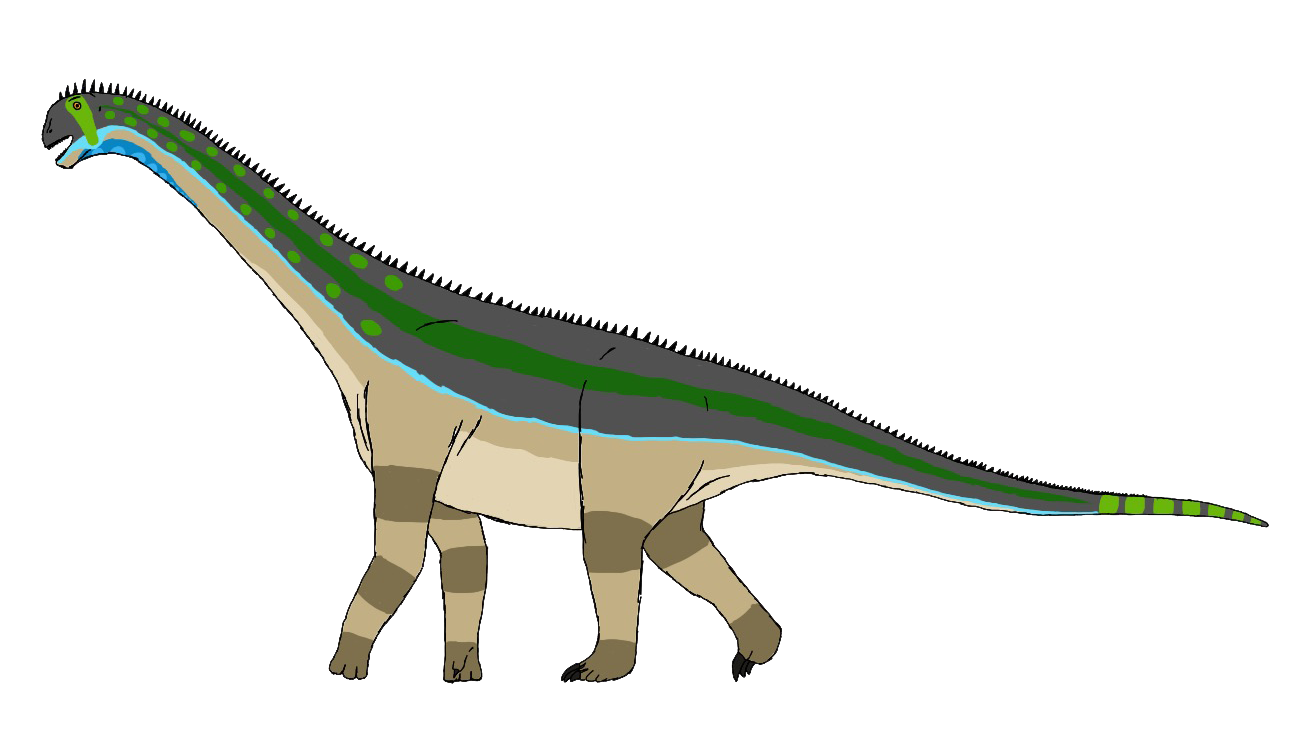Camarasaurus

|
|
|
Camarasaurus was the most common sauropod of the Morrison Formation. Fossils have been found throughout the 10 million years that the formation encompasses. Four species are known, which range from 15 to 23 meters in length. Camarasaurus's skull is short and tall, with a blunt snout and expanded nasal passages. Interestingly, its chisel-shaped teeth seem to have been held in place by thickened gums, protected outwardly by some form of hardened lips. Its neck and tail are comparatively short. Its vertebrae are hollow and filled with air sacs. Camarasauruschews its food to a degree; its teeth have a "shelf life" of around two months before falling out. It likely browsed from coarse mid-level trees, below the larger brachiosaurids and above the low-browsing diplodocids it shared its environment with. A find of two associated adults and a juvenile in Wyoming hint that Camarasaurus may have lived in family groups. Our Camarasaurus live in Vista View. |
Scientific name Location Time Length Diet |